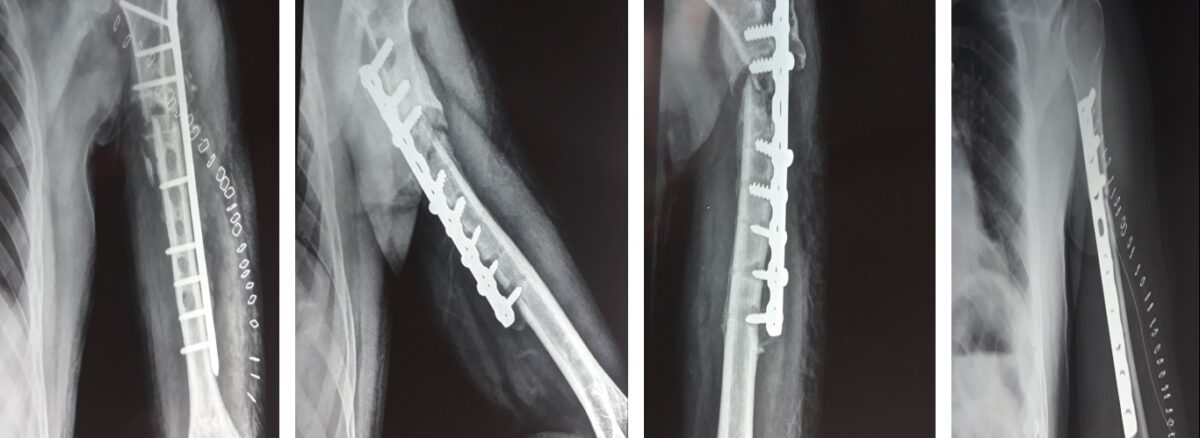REVISION FRACTURE SURGERY: NON UNION
Revision Fracture surgery remains the most commonly performed orthopedic procedure in today’s era. However, this too is not without its share of failures. Nonunion is a condition where despite the best efforts the broken bone doesn’t unite.
Many factors are to contribute to such a catastrophe. Individual factors like smoking, anemia, old age, poor nutrition and hypothyroidism. Similarly certain fracture attributes like segmental fractures, location of fracture in low blood supply area. And badly compromised soft tissues, also contribute to nonunion.
In addition to the above, sometimes revision fracture surgery or surgeon cause nonunion. The chances of non-union are known to increase in presence of infection, extensive stripping of soft tissues. And wrong choice of implant and poor reduction of fracture fragments. Similarly certain fracture attributes like segmental fractures, location of fracture in low blood supply area. And badly compromised soft tissues, also contribute to nonunion.
Case of Revision Fracture Surgery
Presents here is a case of a young male who is operate for his left arm fracture outside 2 yrs. back. As per the patient, post-operative period was uneventful and wound healing was on time. At the time of presentation to us, there was visible deformity and loss of function in left arm. Overlying scar is well heal with no signs of infection. X rays showed the previous plate had come off the bone with formation of large defects in the bone shaft.
This patient gets work up for infection and written consent taken. In the operation room, the old scar is excise and old implant remove. The bone ends were freshened and any chances of infection ruled out. A new design longer locking plate is use to fix the fracture and the defects were fill with artificial bone graft. The bone went in to unite in 4 month time with good elbow and shoulder function.


